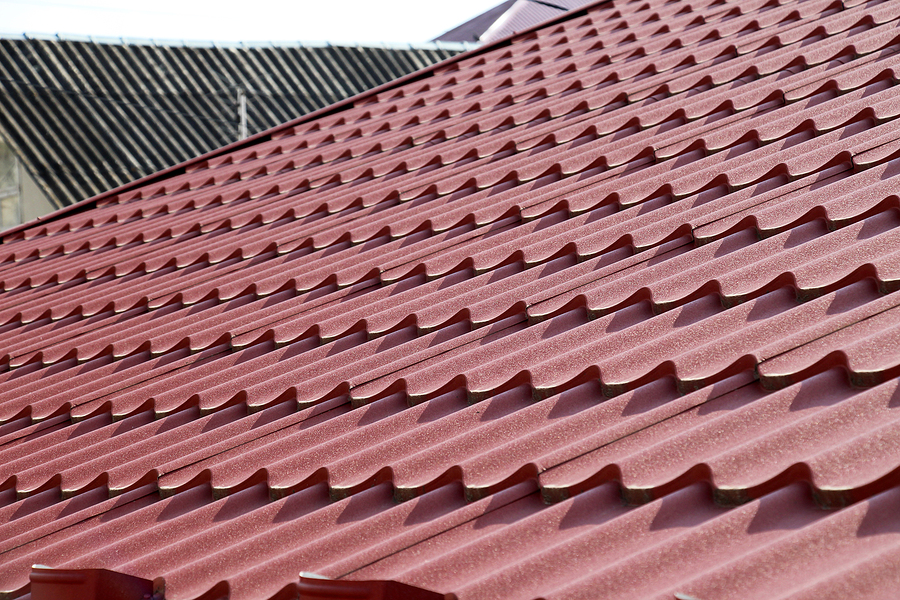Latest News
What Should You Do If Metal Roofing Screws Come Loose?
The most important parts of a metal roof are also its smallest elements, as without correctly installed, robust and tight enough roofing screws, corrugated sheets will not be watertight in practice, may not be secure in inclement weather and could in worst-case scenarios simply slide off.
Typically, a regular inspection will easily expose loose roofing screws but there are other telltale signs, such as leaking water, damage to insulation or loud rattling during gusts of wind and heavy storms.
The solution to solving a roofing screw issue will largely depend on its cause, as whilst simply reattaching or tightening the screws will be useful in some cases, it may only be a temporary solution to a more fundamental issue.
With that said, if the issue with screws coming loose is the result of poor installation, then consulting a professional and replacing the screws could be the solution, but usually loose screws are a small symptom of a larger issue.
For example, when checking the screws, make sure that the rubber gaskets that cover the screw holes have not deteriorated, as they can over time and in adverse weather conditions.
As well as this, it can also highlight issues with ageing galvanisation and other anti-corrosion treatments, something that is essential for coastal use. This can weaken the integrity of the roofing material which will first be noticed in the screw holes as they are typically the weakest point of the sheet.
Rapid temperature changes can have a major effect as well, due to the tendency of metal to expand and contract over time, which can cause the screws to become loose, and may require additional mitigation methods to try and reduce its effect such as reflective paint.
Finally, compression, such as that caused by heavy snowfall that pushes down the roof and then releases it, can cause the screws to be pushed out of place, loosening them over time.
Liversedge
01924 401020
Hull
01482 640118





